
Street art has become an influential form of artistic expression that has captured the attention of people all over the world. One organization that is utilizing the power of street art to make a difference is Street Art for Mankind.
Street Art for Mankind is a non-profit organization that aims to raise awareness and funds to end child slavery through the use of street art. With the belief that art has the ability to change lives and provoke thought, Street Art for Mankind brings together renowned street artists from around the globe to create powerful murals that raise awareness about the issue.
By collaborating with local communities, Street Art for Mankind is able to make a lasting impact and create positive change. Each mural tells a story and sends a strong message about the importance of ending child slavery. Through their art, these artists aim to not only raise awareness, but also inspire action and create a world where every child is free.
With the combination of creativity, passion, and a commitment to social justice, Street Art for Mankind is revolutionizing the art world and making a real difference in the lives of children. Through their work, they are proving that art has the power to transcend boundaries and change the world for the better.
Mankind’s Connection to Street Art
This form of artistic expression serves as a bridge between artists and society, allowing them to communicate their thoughts, emotions, and perspectives on various social, political, and cultural issues. Street art can provoke debate, challenge societal norms, and inspire change.
Furthermore, street art has the unique power to bring communities together. Whether it’s a mural, graffiti, or a thought-provoking stencil, these artistic creations often become landmarks in communities, highlighting their identity and heritage. They provide a visual representation of the collective experiences, dreams, and aspirations of the people who live in these urban spaces.
Street art also serves as a tool for empowerment. It allows individuals who may not have access to traditional art platforms to express themselves and share their stories. This inclusivity encourages creativity and celebrates diversity, as street art can be seen in cities all over the world, regardless of socioeconomic backgrounds or cultural boundaries.
Moreover, street art creates a sense of wonder and surprise in the urban environment. When encountered unexpectedly, these colorful and dynamic artworks can evoke a range of emotions and create memorable experiences for those who experience them. They transform ordinary streets into open-air galleries, stimulating curiosity and imagination.
Ultimately, mankind’s connection to street art goes beyond the surface level. It taps into our shared human experience, evoking emotions, challenging perceptions, and fostering a sense of community and belonging. Street art has the power to make us pause, reflect, and perhaps even take action. It is a testament to the strength, resilience, and creativity of humans in the face of adversity, and it continues to shape the urban landscape and inspire generations to come.
The Evolution of Street Art
Street art has come a long way since its humble beginnings as a form of rebellious expression. What initially started as unauthorized graffiti and tags on public buildings has transformed into a respected and celebrated art movement.
Originally seen as vandalism, street art has evolved into a powerful tool for social commentary and cultural expression. Artists now use various techniques and mediums to create thought-provoking and visually stunning pieces that engage and inspire communities worldwide.
One significant development in the evolution of street art is the shift from illegal tags to commissioned murals. Cities and communities have embraced street art as a way to revitalize urban spaces and highlight local culture. By giving artists the opportunity to create legally sanctioned works, cities have not only reduced illegal graffiti but also fostered a sense of pride and ownership in their neighborhoods.
Street art has also become more accessible to a wider audience through social media. Artists can share their creations instantly with thousands of followers, gaining recognition and exposure on a global scale. This online presence has allowed street art to transcend geographic boundaries and spark conversations that go beyond traditional art spaces.
The style and subject matter of street art have also evolved over time. Beyond graffiti and tags, artists now incorporate stencils, wheatpasting, and even interactive installations into their works. The themes explored range from political and environmental issues to personal identity, challenging viewers to think deeply about the world around them.
Overall, the evolution of street art has played a vital role in changing the public perception of this art form. What was once dismissed as mere vandalism is now embraced as a valuable form of artistic expression. Street art continues to evolve and push boundaries, engaging communities and inspiring individuals with its creativity and strong social messages.
Street Art as a Form of Expression

Street artists use various techniques and mediums to create their works, ranging from stencils and spray paint to murals and installations. These artists often incorporate social and political commentary in their pieces, addressing issues such as inequality, injustice, and environmental concerns.
One of the defining features of street art is its transient nature. Unlike permanent artworks, street art is often temporary and can be easily removed or painted over. This impermanence adds an element of surprise and excitement to the art form, as new works can appear overnight and disappear just as quickly.
Street art also fosters a sense of community and belonging. Artists often create their pieces in public spaces, inviting interaction and engagement from passersby. This creates a shared experience and encourages dialogue between individuals who may not have otherwise connected.
Moreover, street art has the power to transform neglected or forgotten spaces into vibrant and inspiring environments. By revitalizing urban landscapes, street art can breathe new life into communities and create a sense of pride and identity.
The Impact of Street Art on Communities
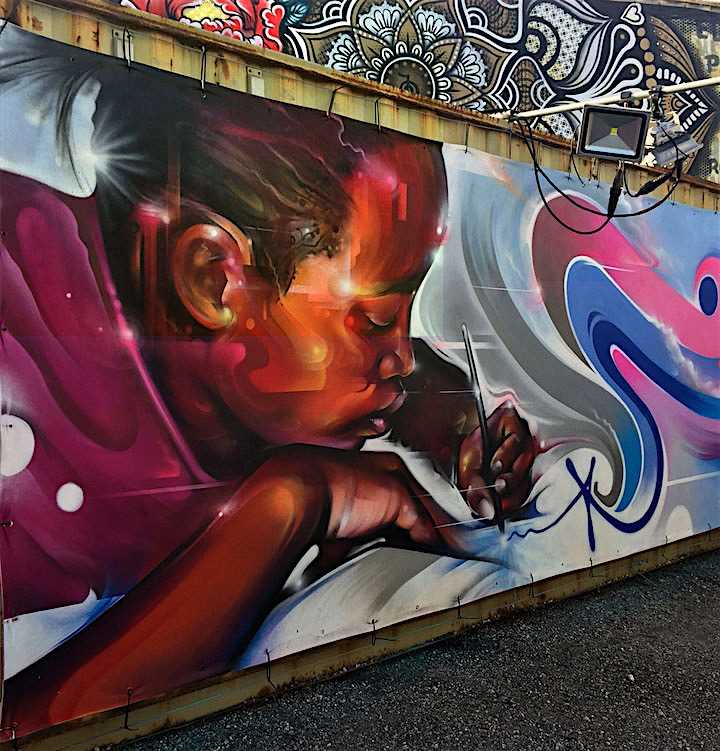
Creative Expression and Inspiration
Street art serves as a platform for creative expression, allowing artists to convey their thoughts, emotions, and ideas. By doing so, it inspires others and encourages them to think outside the box. This art form challenges conventional norms and stimulates innovative thinking among community members.
Revitalization of Public Spaces
Street art has the ability to rejuvenate and revitalize public spaces. Dull and lifeless walls become vibrant and captivating through the addition of colorful graffiti and murals. By adding visually striking artwork to neglected areas, street art makes them more inviting and fosters a sense of community pride.
Furthermore, street art can transform abandoned buildings and vacant lots into cultural landmarks. These previously overlooked areas become destinations for both locals and tourists, contributing to the economic growth of the community.
Additionally, street art often depicts local culture, history, and social issues, giving communities a sense of identity and a voice in public spaces. It helps create meaningful connections between residents and their environment, promoting a stronger sense of belonging and community cohesion.
The impact of street art on communities is not limited to visual aesthetics; it goes beyond what meets the eye.
Social Change and Awareness
Street art has the power to initiate social change and raise awareness about various issues. Artists often use their work to shed light on societal problems, such as poverty, discrimination, and environmental concerns. Through thought-provoking images and messages, street art demands attention and challenges the status quo.
Community members are exposed to these issues through street art, sparking conversations and promoting activism. Art can be a powerful catalyst for social change, prompting individuals to take action and work towards a better future.
Street Art’s Role in Urban Regeneration
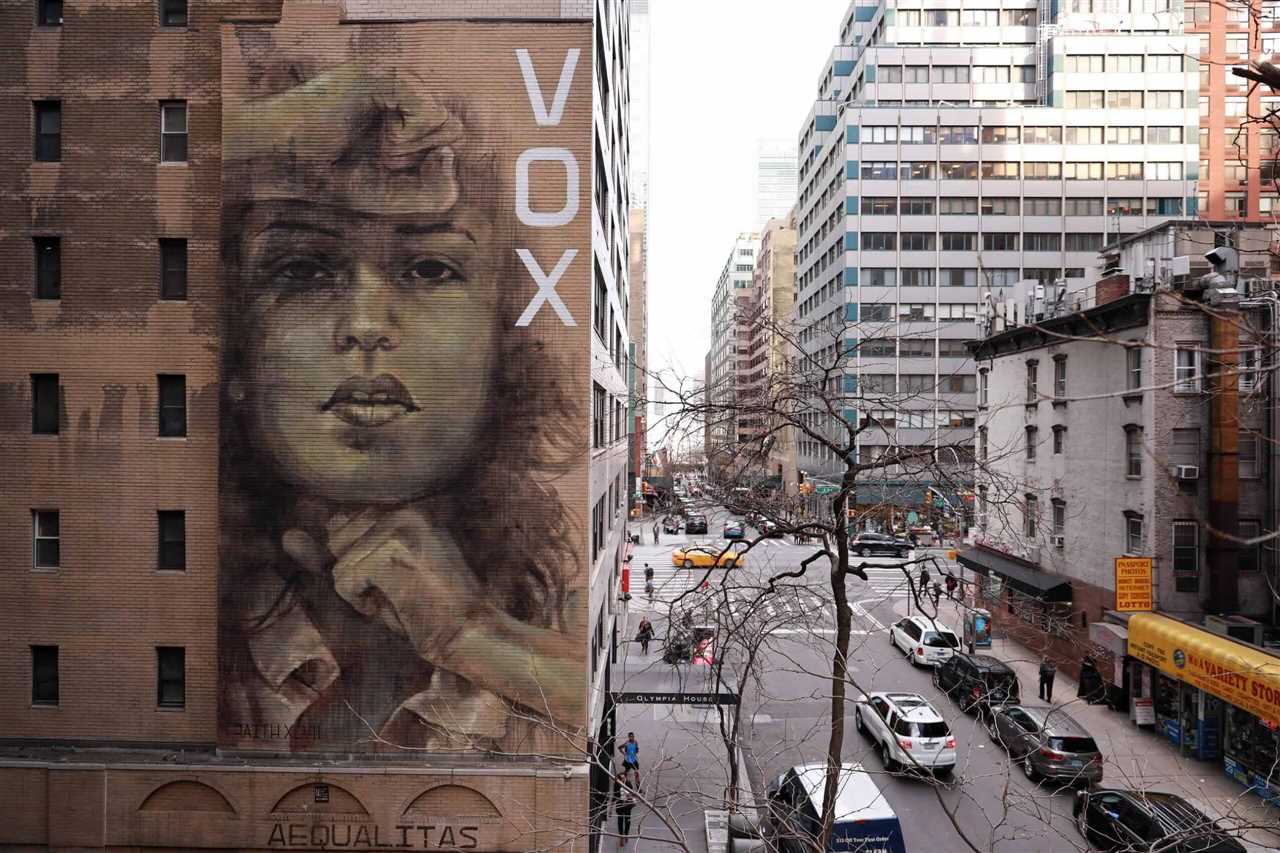
1. Beautifying and Transforming Spaces
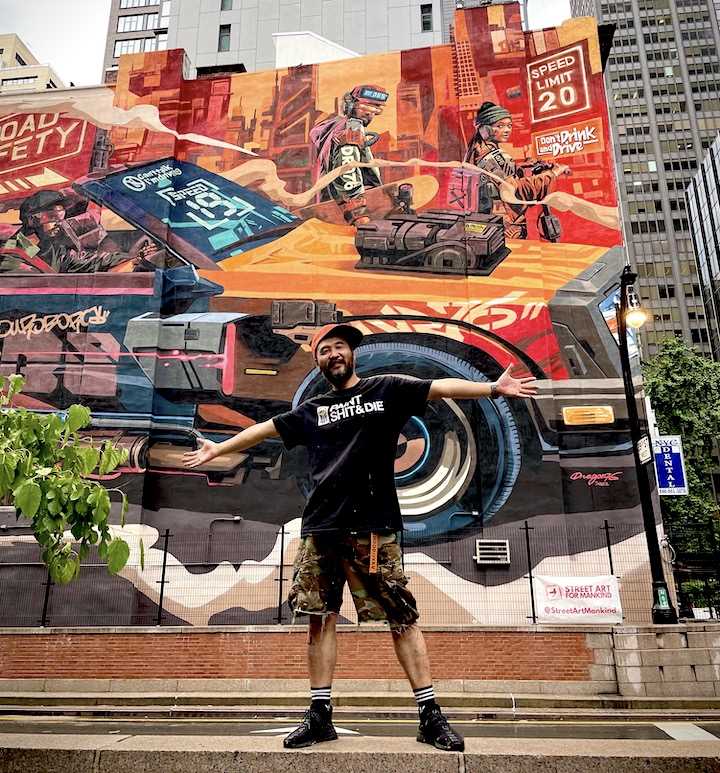
Street art has the ability to transform blank walls and dull spaces into colorful and visually captivating works of art. By adding beauty and aesthetic value to the urban environment, it creates a more pleasant and inviting atmosphere for residents and visitors.
2. Telling Stories and Sparking Conversations

Street art often tells stories and conveys powerful messages, addressing social and political issues. It acts as a visual language that engages and sparks conversations among the community. It allows people to express their opinions and emotions, creating a sense of shared experience and unity.
3. Empowering and Celebrating Local Culture
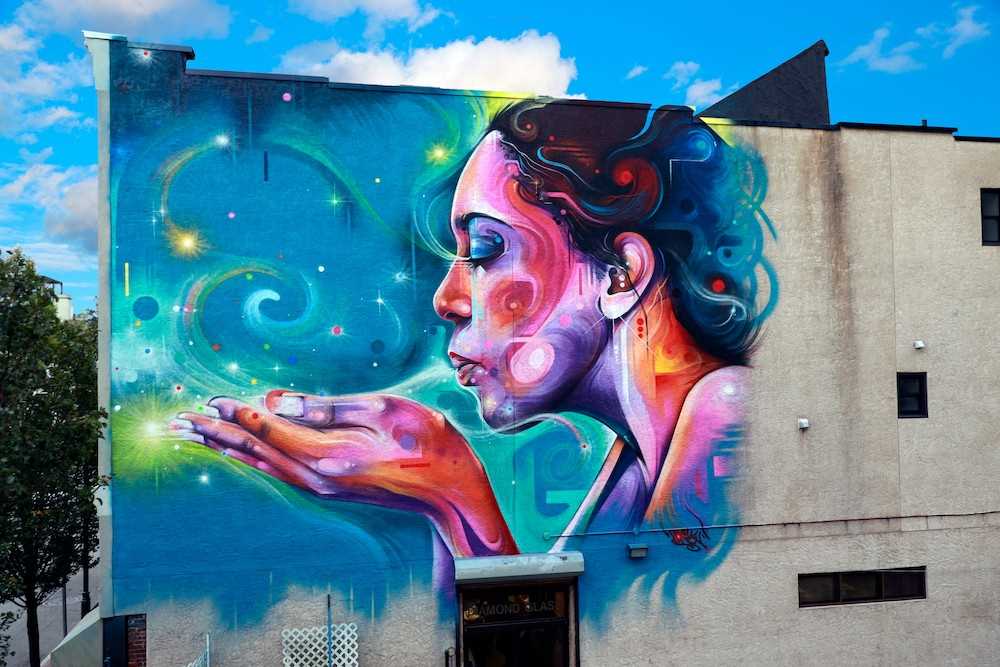
Street art has the power to celebrate and empower local cultures and traditions. It provides a platform for local artists to showcase their talent and express their unique perspectives. By incorporating local elements and themes, street art helps to preserve and promote the cultural heritage of a community.
4. Enhancing Economic Prosperity
Street art has the potential to attract tourists and visitors to a neighborhood, thus benefiting the local economy. The presence of vibrant and visually appealing street art can increase foot traffic, boost business for local shops, cafes, and galleries, and create new opportunities for economic growth and development.
Street Art as a Medium for Social Justice
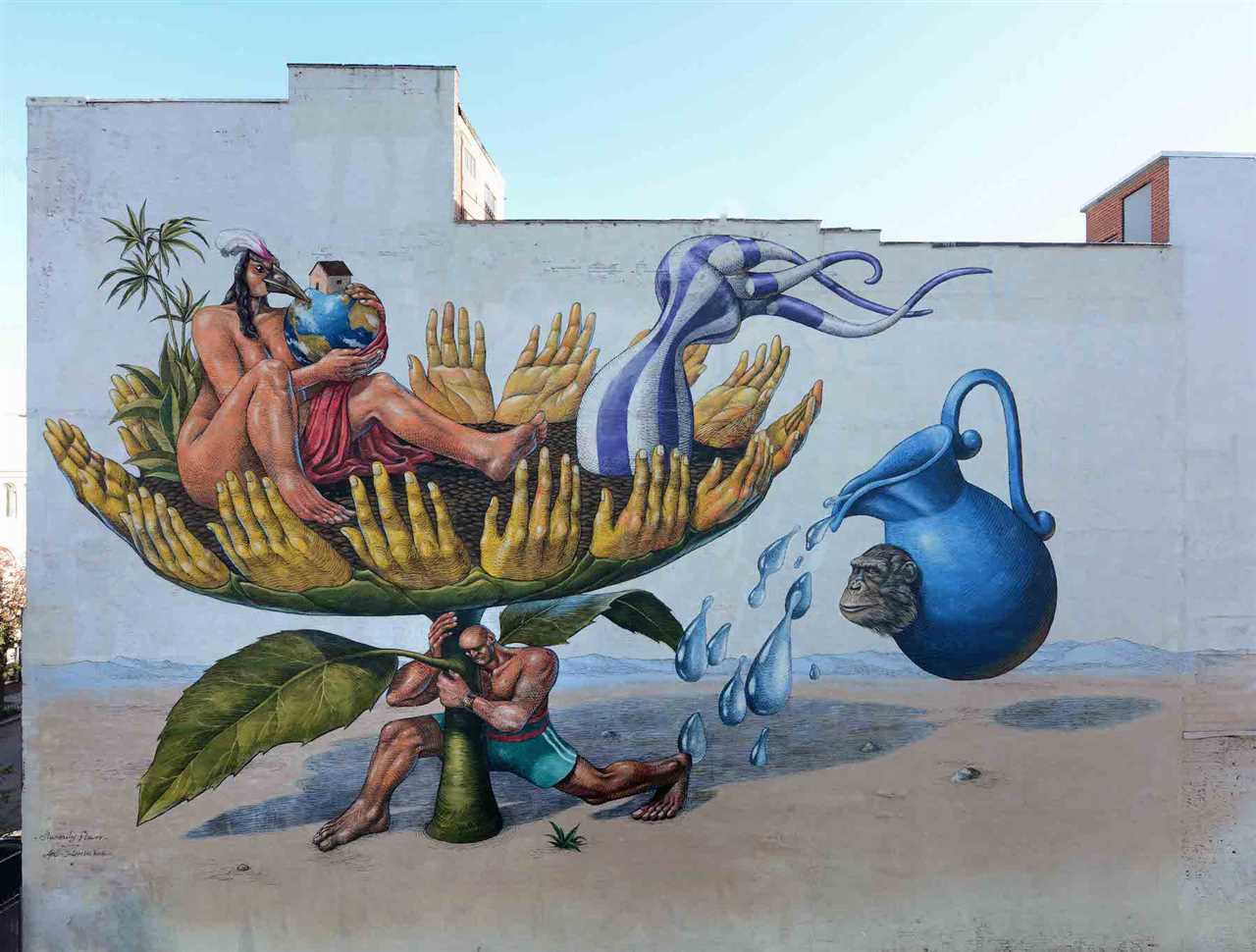
Street art has long been recognized as a powerful medium for expression and communication. It serves as a tool for artists to raise awareness and provoke dialogue about various social issues, including those related to social justice. Through bold and vibrant murals, street artists can challenge the status quo and advocate for positive change in societies around the world.
One of the key strengths of street art is its ability to engage and reach a wide audience. Unlike traditional art forms that are often confined to galleries and museums, street art is accessible to everyone and can be seen by people from all walks of life. This democratization of art allows street artists to effectively convey their messages and stimulate conversations in public spaces.
Street art has been successfully used to raise awareness about a wide range of social justice issues. From racial inequality and gender discrimination to environmental degradation and political oppression, street artists have consistently utilized their creative skills to shed light on these pressing problems. By depicting powerful images and thought-provoking messages, street art compels viewers to think critically and take action.
Furthermore, street art serves as a platform for marginalized communities to reclaim their voices and tell their stories. Oftentimes, these communities are denied access to mainstream media and are underrepresented in public discourse. Street art offers them an opportunity to express their experiences and concerns in a visually striking and impactful manner. It allows their narratives to be heard and empowers them to demand social justice.
The Global Reach of Street Art
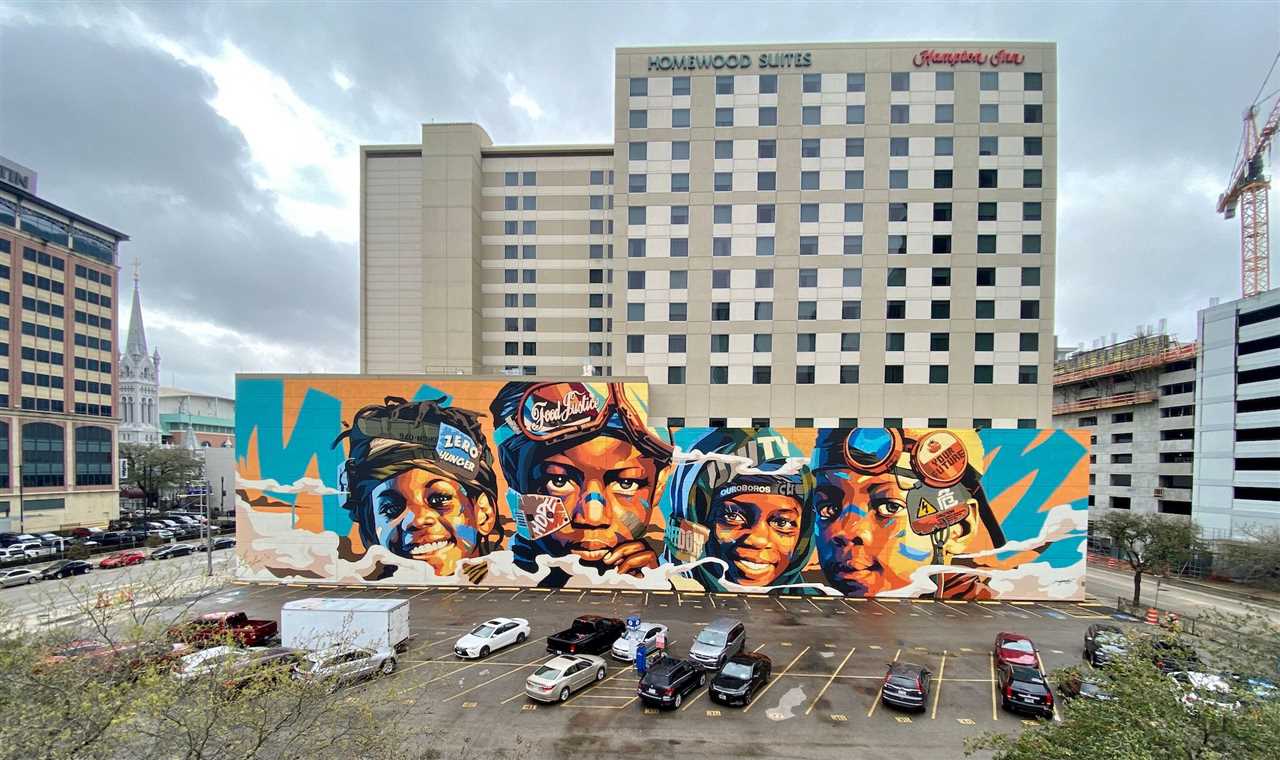
One of the reasons for the global reach of street art is its accessibility. Unlike traditional art forms, street art is not confined to galleries or museums. It can be found in public spaces, making it accessible to anyone who passes by. This accessibility allows street art to communicate with a diverse audience, sparking conversations and fostering a sense of community.
Another factor contributing to the global reach of street art is its ability to convey powerful messages. Street artists often use their artwork to address social and political issues, bringing attention to topics that are often overlooked. By making these messages visible in public spaces, street artists are able to reach a larger audience and provoke thought and discussion.
Additionally, the rise of social media has played a significant role in the global reach of street art. Platforms like Instagram and Twitter have made it easier for street artists to showcase their work and gain international recognition. People from all over the world can now discover and appreciate street art without physically being in the same location.
Overall, the global reach of street art is a testament to its power as a form of expression and communication. It unites people from different cultures, sparks conversations, and brings attention to important issues. Whether it is a mural in a bustling city or a painting in a remote village, street art has the ability to leave a lasting impact on individuals and communities worldwide.
The Future of Street Art

Street art has evolved significantly in recent years and its future looks promising. Here are some trends that we can expect to see in the future of street art:
- Technological Integration: With advancements in technology, street artists are now able to incorporate digital elements into their work. This includes projections, augmented reality, and even interactive installations. This integration of technology opens up a whole new world of possibilities for street artists to explore.
- Environmental Advocacy: Many street artists are using their talent and platform to raise awareness about environmental issues. Through their art, they are addressing topics such as climate change, deforestation, and pollution. This trend is likely to continue as the need for environmental activism becomes more urgent.
- Social and Political Commentary: Street art has always been a powerful medium for expressing social and political messages. In the future, we can expect street artists to continue using their art to comment on current events, social issues, and political ideologies. Their work will serve as a voice for the marginalized and oppressed.
- Artistic Collaboration: Street art is no longer limited to individual artists. Collaborative pieces are becoming more common, with artists coming together to create large-scale murals and installations. This allows for a greater exchange of ideas and techniques, resulting in more diverse and impactful artwork.
- Community Engagement: Street art has the power to transform communities by bringing people together. In the future, we can expect to see more street art projects that aim to engage and involve local communities. This could involve workshops, participatory murals, and events that celebrate the local culture.
The future of street art is bright and exciting. As the art form continues to evolve, it will undoubtedly challenge societal norms, inspire change, and bring beauty to our urban landscapes.

I am a mural enthusiast and a fervent admirer of street art. Rather than creating murals myself, I am passionate about collecting them. My love for street art knows no bounds. I am dedicated to curating and cherishing these artworks that grace the streets. My collection stands as a testament to my profound appreciation for this form of artistic expression.
read about me



